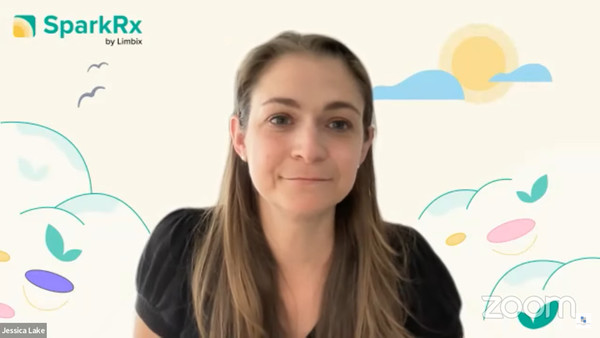Developers of digital therapeutics (DTx) need to embrace regulation as a “necessary evil” and work with clinicians from the beginning of development to pass the regulatory procedure, said an expert who developed FDA-authorized DTx.
Jessica Lake, Chief Science Officer (CSO) of Limbix, spoke on dealing with DTx regulation at the 2022 World Bio-Innovation Forum (WBIF), co-hosted by KAIST Graduate School of Bio-Innovation Management, Jeonju City, and Jeonbuk National University’s Center for Regional Innovation on Wednesday.

Limbix developed SparkRx, an adjunct DTx to treat depression in adolescents and young adults aged between 13 and 21, and obtained FDA’s emergency use authorization last year.
“In the technology sector, some government regulations are perceived as barriers to technology development. But these regulations are essential in DTx to protect patients and ensure product safety,” Lake said. “Limbix does not regard this as a development barrier.”
She introduced the “Double Diamond” framework used in SparkRx development. The development model consists of two steps – discovery and definition. In discovery, the model confirms whether it is designing the right product. In definition, it develops and tests the product.
In the Double Diamond model, the key is that clinical and behavioral experts participate in all stages from the beginning of the product development, Lake explained.
As these experts take responsibility for the safety from the product design stage, they can develop an effective DTx within the authorities’ regulations, she said.
By doing this, the company could strike a balance between technology development and clinical safety, Lake went on to say. “Individual developers cannot be perfect clinical experts, but they can avoid essential and fatal risks,” she said.
Under this system, clinical experts can guarantee a product’s safety, which is the most important factor in designing an application, according to Lake. Clinical experts make sure that the app design includes safety functions, and they handle safety procedures during tests, too, she said.
Clinical experts should also analyze data and feedback collected during the DTx app and play their part in upgrading the app, she emphasized.
“The role of these experts is important not only for clinical data but also for analyzing data obtained through the app and interpreting user's qualitative information,” Lake said. “Clinical experts can interpret what the various data patterns mean and provide insights on how to apply them to future development. By repeating this process, we can effectively transform our app to suit all users.”

